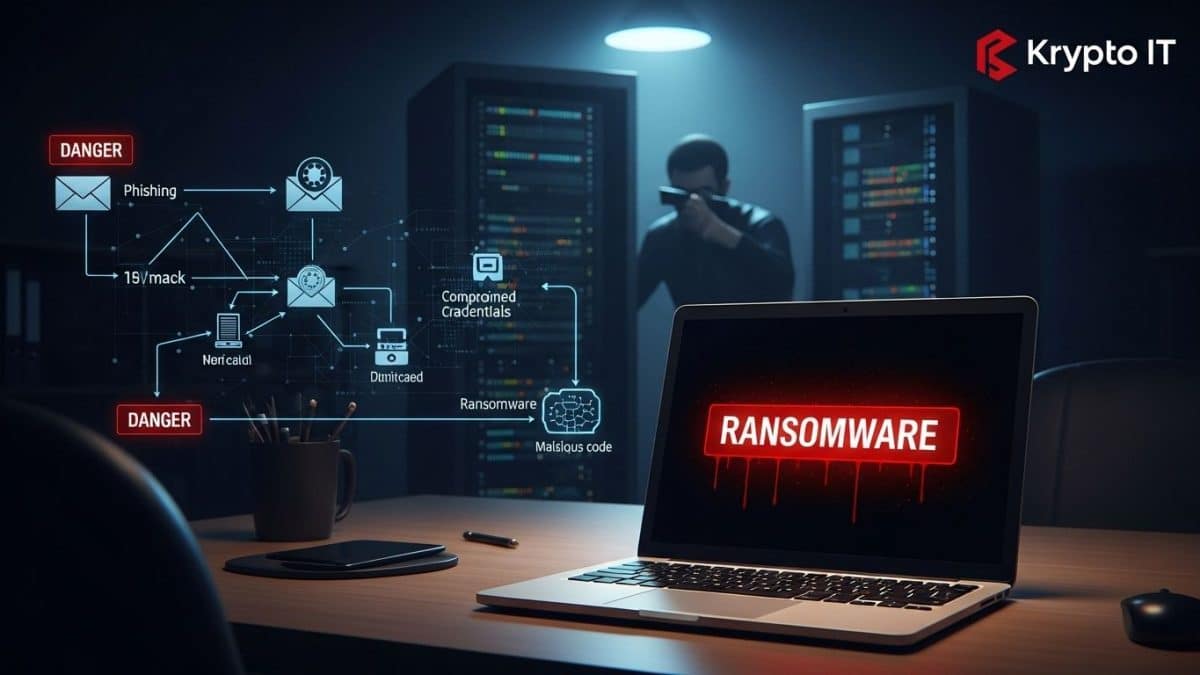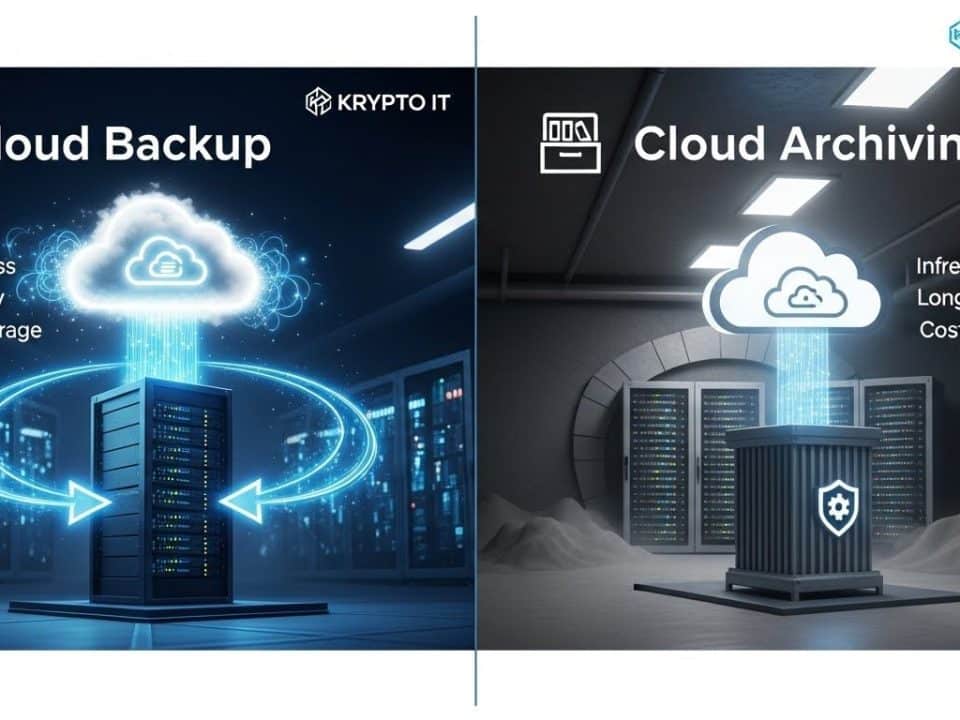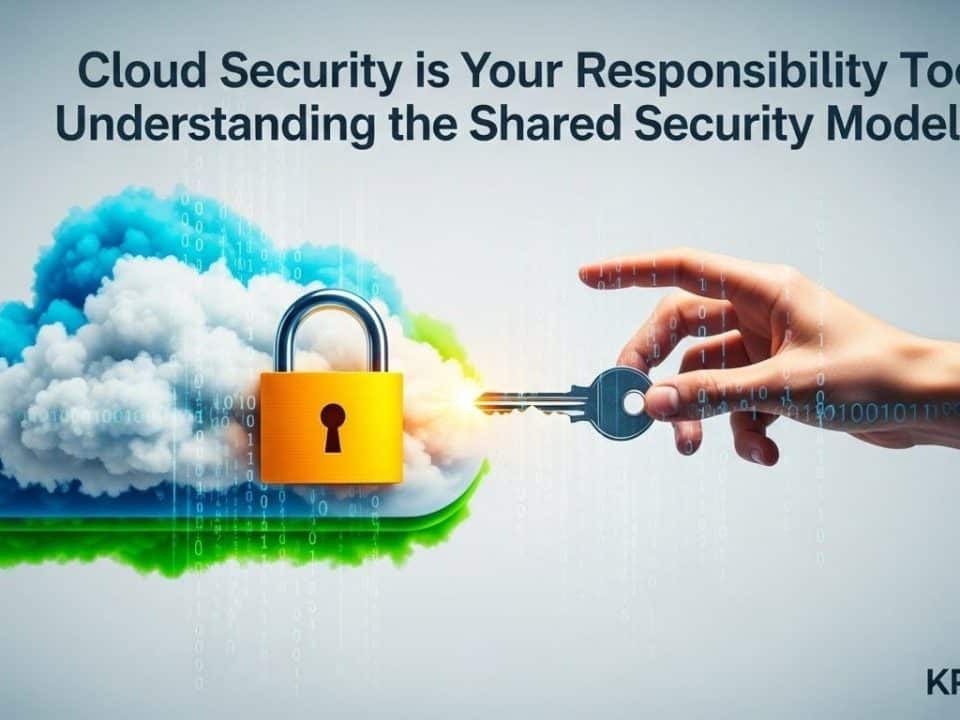
Prime Day’s Dark Side: 120,000 Fake Sites
July 8, 2025
Don’t Trust That Click: MFA Bypass Methods Evolve
July 11, 2025A Major Retailer’s Nightmare Proves Human Element is Key
Even global retail giants with extensive resources are not immune to the devastating impact of cyberattacks. Marks & Spencer (M&S), a household name in the UK, recently confirmed that a massive ransomware attack that crippled parts of its operations and led to the theft of customer data originated not from a sophisticated technical exploit, but from a cunning act of social engineering. This high-profile incident serves as a stark, real-world example of why the human element continues to be the weakest link in even the most robust cybersecurity defenses.
For Small and Medium-sized Businesses (SMBs) in Houston, this should be a resounding wake-up call. The M&S attack proves that sophisticated attackers are bypassing perimeter security by manipulating people, making comprehensive security awareness training and robust third-party risk management absolutely critical for your survival.
The Anatomy of the M&S Attack: A Social Engineering Masterpiece
Details emerging from the M&S breach, which reportedly involved the notorious DragonForce ransomware group (potentially linked to the Scattered Spider collective), paint a clear picture of human manipulation:
- Initial Access via Service Desk Social Engineering: The attack reportedly began with a social engineering phone call to an IT service desk, likely belonging to a third-party IT supplier of M&S. The attackers impersonated an internal IT support engineer or a legitimate employee.
- Credential Theft and MFA Bypass: Through persuasive conversation, the social engineers convinced the service desk staff to reset passwords and disable multi-factor authentication (MFA) for an account. This crucial step bypassed what should have been a formidable security barrier.
- Active Directory Compromise: With compromised credentials, the attackers gained initial access to the retailer’s network. Their next target was critical: the Windows domain controller’s NTDS.dit file – the core Active Directory database storing password hashes for every user. Exfiltrating this file allowed them to crack password hashes offline, giving them widespread access throughout the M&S network.
- Data Exfiltration (Double Extortion): Before deploying the ransomware, the attackers spent time inside the network, harvesting sensitive customer data. This included names, dates of birth, email and home addresses, phone numbers, household details, and online purchase histories. This data exfiltration prepared them for a “double extortion” threat.
- Ransomware Deployment: Finally, the DragonForce ransomware payload was deployed against M&S’s VMware ESXi hosts, encrypting virtual machines that supported e-commerce, payment processing, logistics, and internal operations.
- Operational Chaos & Ransom Demand: The attack severely disrupted M&S’s operations for weeks, leading to empty shelves in stores, outages in online ordering, non-functioning gift card services, and restricted return options. The attackers then demanded a ransom.
M&S has attributed the breach to “human error” within a third-party contractor, underscoring that their own internal systems may have been highly segregated, but the vulnerability came through a trusted external link.
Why Social Engineering Remains the Top Threat
The M&S incident provides a chilling reminder of why social engineering continues to be so effective, even against well-resourced organizations:
- Exploiting Human Trust: Attackers leverage our natural inclination to trust, especially when someone appears to be an internal colleague or an authority figure (like IT support).
- Bypassing Technical Controls: Firewalls, antivirus, and even MFA can be rendered useless if an employee is manipulated into voluntarily providing access or disabling security features. The attack happens before the technical defense can trigger.
- Targeting the Supply Chain: Attackers understand that larger organizations often have strong internal defenses. Instead, they find weaker links in the supply chain – smaller vendors or service providers – to gain access to the primary target. M&S’s reliance on a third-party IT service provider became their Achilles’ heel.
- Sophisticated Pretexting: Modern social engineers conduct extensive reconnaissance to create highly believable pretexts, often using internal jargon, recent events, or specific names to gain credibility.
- Emotional Manipulation: The use of urgency, fear, or a sense of helpfulness can pressure employees into making quick decisions without proper verification.
The Ripple Effect: Impact on Houston SMBs
The M&S case offers vital lessons for Houston SMBs:
- You are Not Immune: If a global retailer can fall victim to social engineering, your SMB is certainly a target. Attackers specifically target SMBs because they often have fewer resources for dedicated security teams and advanced training.
- Third-Party Risk is Real: If you use external IT providers, cloud service vendors, payment processors, or any other third party with access to your systems or data, their security is your security. You are only as strong as your weakest link in the supply chain.
- MFA Isn’t a Silver Bullet: While MFA is crucial, the M&S attack shows it can be circumvented through social engineering if employees are tricked into approving requests or providing codes. It requires ongoing vigilance.
- Operational Devastation: The disruption M&S faced – empty shelves, service outages – highlights the real-world operational and financial impact of ransomware, extending far beyond the ransom payment itself.
- Data Breach Fallout: The theft of customer data adds another layer of financial, legal, and reputational damage.
Fortifying Your Human Firewall: Essential Steps for Houston SMBs
Protecting your business from social engineering-led ransomware attacks requires a comprehensive and continuous effort:
- Intensive and Ongoing Security Awareness Training: This is your paramount defense.
- Focus on Social Engineering Tactics: Train employees specifically on recognizing sophisticated phishing, vishing (phone calls), and pretexting attempts, particularly those impersonating IT or executives.
- Emphasize Out-of-Band Verification: Instill the critical rule: always independently verify suspicious or urgent requests (especially those for credentials, access changes, or financial transactions) by calling the sender back on a known, official phone number, not one provided in the suspicious message.
- MFA Vigilance: Train employees never to approve unexpected MFA prompts or share MFA codes with anyone. If they receive an unexpected MFA push, it’s a warning sign.
- Reporting Culture: Create a culture where employees feel safe and empowered to report any suspicious activity or communication to IT, without fear of blame.
- Robust Third-Party Risk Management:
- Thorough Vetting: Before engaging any third-party vendor with access to your systems or data, conduct rigorous security due diligence. Assess their cybersecurity posture, certifications, and incident response plans.
- Clear Contracts: Include explicit security requirements, breach notification clauses, and audit rights in your vendor contracts.
- Continuous Monitoring: Don’t just vet once. Continuously monitor your critical vendors’ security posture.
- Strict Internal Protocols and Access Controls:
- Service Desk Security: Implement strict verification protocols for password resets, MFA changes, or any access requests. Require multiple forms of verification that cannot be circumvented by a single social engineering call.
- Least Privilege: Ensure employees and vendors only have the minimum access necessary for their roles.
- Multi-Factor Authentication (MFA) Everywhere: Implement MFA for all critical systems, especially admin accounts, even if you have to continually educate users on not falling for bypass attempts.
- Network Segmentation: Isolate critical systems, especially those related to Active Directory and sensitive data, to limit lateral movement if an attacker gains initial access.
- Advanced Endpoint Detection and Response (EDR/MDR): Deploy solutions that can detect and block sophisticated malware and anomalous activity on endpoints, even if an initial compromise occurs via social engineering.
- Comprehensive Incident Response Plan: Develop and regularly test a detailed incident response plan that accounts for social engineering as an initial vector, third-party involvement, ransomware, and data exfiltration.
The M&S ransomware attack is a stark reminder that the human element is frequently the path of least resistance for determined cybercriminals. For Houston SMBs, investing in robust security awareness training and vigilant third-party risk management is no longer optional; it’s a fundamental pillar of your defense against the evolving landscape of ransomware. Krypto IT can help your business fortify this crucial human firewall.
Don’t let a social engineering trick bring your business to its knees.
Contact us today to schedule a free consultation and secure your business against the cunning tactics of modern cybercriminals.




